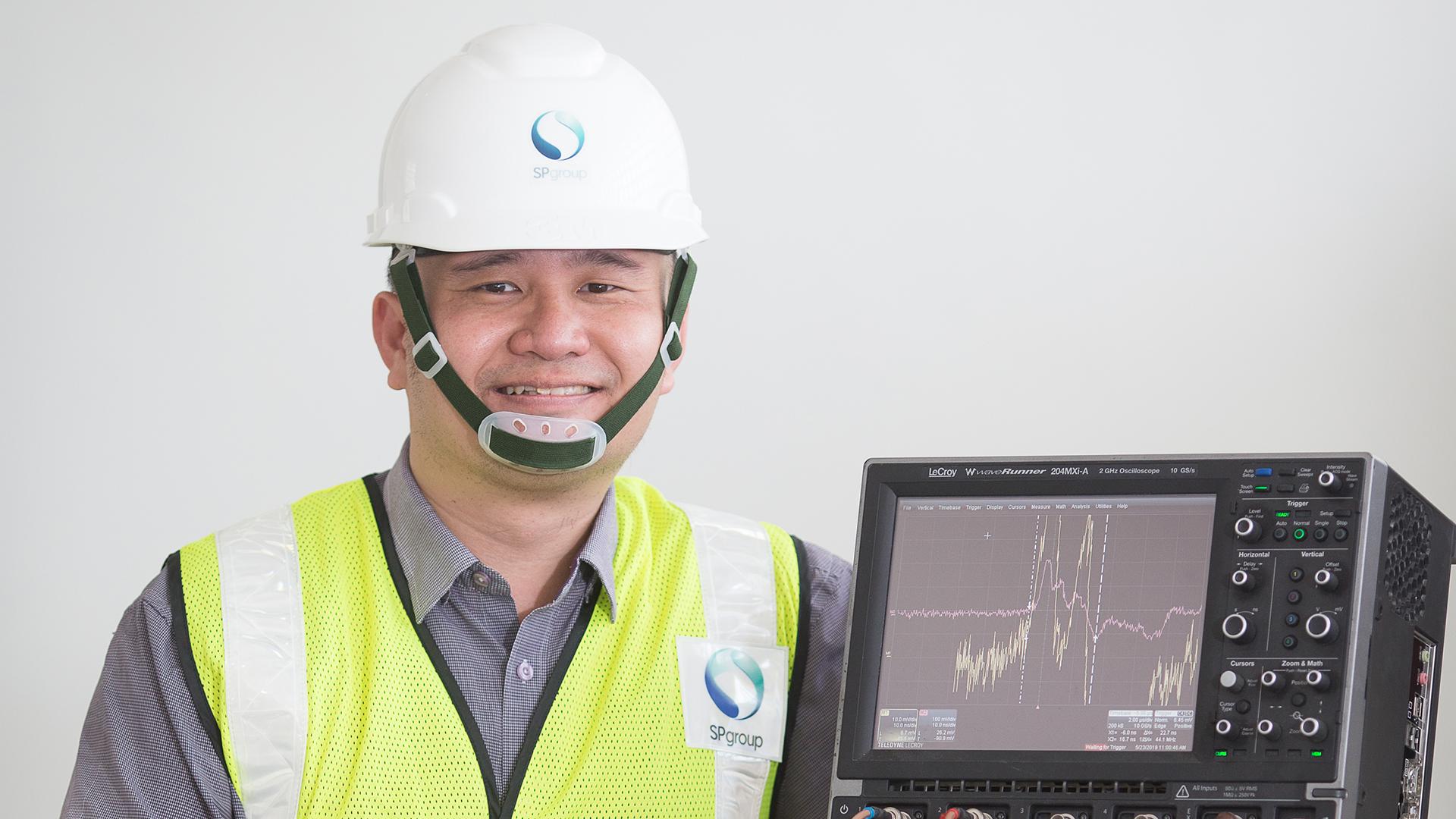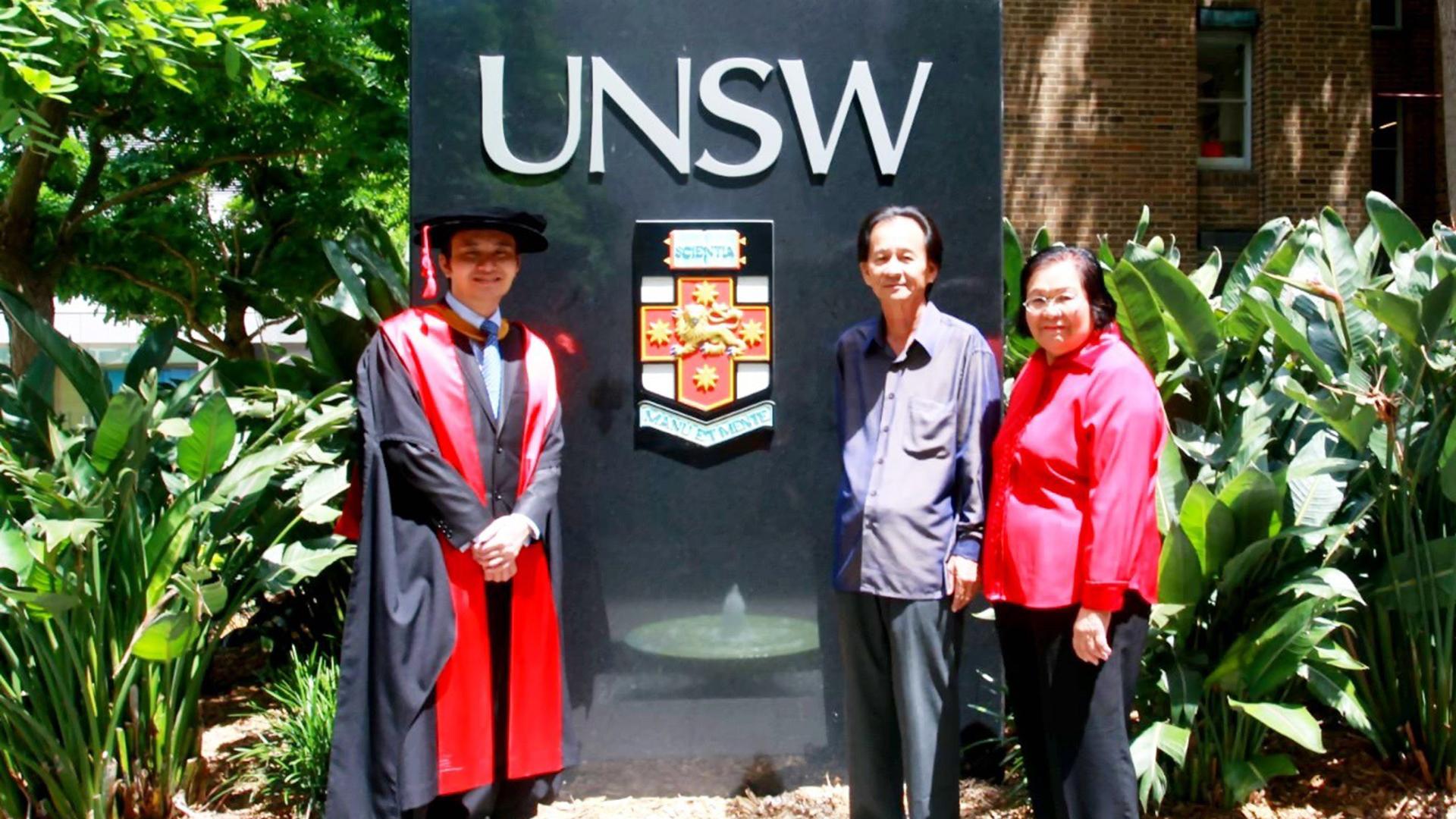The Doctor Is In: Grid Health Checks Prevent Issues

Like any good physician, Dr Lai Kai Xian is skilled in being able to look, listen and feel. The key difference is that his patient is Singapore’s electricity network, and he diagnoses the grid’s health conditions and fixes these even before they become problems.
The 35-year-old electrical engineer is one of eight specialists in the SP Group’s Condition Monitoring team who keeps a close eye on the 11,000 substations and over 28,000km of cables that make up the grid.
They are supported by 44 technical officers and technicians who conduct regular health screenings of all equipment on the network, and recommend deeper investigations or treatment when necessary.

Technicians take the network’s temperature using thermal guns, and listen for abnormal sounds using sensors coupled with headsets that make high frequency sounds audible.
Special probes listen for the “pulse” of the equipment, and normal sounds need to be distinguished from ones that could indicate a potential problem. Sounds called transient earth voltage signals could point to internal voids in liquid, air or solid insulation material that are wrapped around cables. These kinds of “partial discharge” summon more varied equipment to pinpoint the source of an abnormality, and allow for early intervention.
“These markers tell you where more investigation is needed or where problems could potentially lie so they can be solved before they get any bigger,” explains Dr Lai. He had focused his PhD studies on condition monitoring, and thanks his parents for the opportunity to have done so in Australia.

Like any emergency room, the most critical cases are attended to first, and more tests can be ordered to make a more accurate diagnosis.
It can sometimes make for an intense work day, he concedes. But until his first child arrives in October, the grid is his baby – indeed his personal hobbies include reading technical articles about power systems and new technologies.
Condition monitoring affords the grid an additional layer of insurance over scheduled maintenance, making it even more reliable, says Dr Lai.
According to Dr Lai, an average of 70 potential problems have been avoided each year over the last five years.
And unlike scheduled maintenance work which may require a piece of equipment to be taken out of service to be checked, repaired, or replaced, this pre-emptive approach is non-invasive, requiring no shutdowns. In the long run, keeping the health of a piece of equipment in check also means it lasts longer, he says.
More companies are now catching on to these benefits, says Dr Lai, adding that he had trouble finding a job specifically in condition monitoring until he joined SP, a big believer in “preventive medicine”.
Online monitoring is also continuously leveraged by SP for the larger 400kV and 230kV substations that make up Singapore’s transmission network, with sensors transmitting real-time data to Dr Lai’s lab.
New technologies that can make the grid more robust are also regularly assessed, adds Dr Lai, also a “doctor-on-call” for casual queries from other departments, thanks to friendships forged with colleagues through weekly badminton sessions.
Getting to the root of the problem is one of the things he relishes most about his role in SP’s network reliability, especially since diagnosis can be as much of an art as a science, and prompts spirited debates.
“You need to be able to look beyond the obvious with data. Every single case is different, requiring both tools and thinking.
That is the challenge that I love.”
— 13 June 2019







